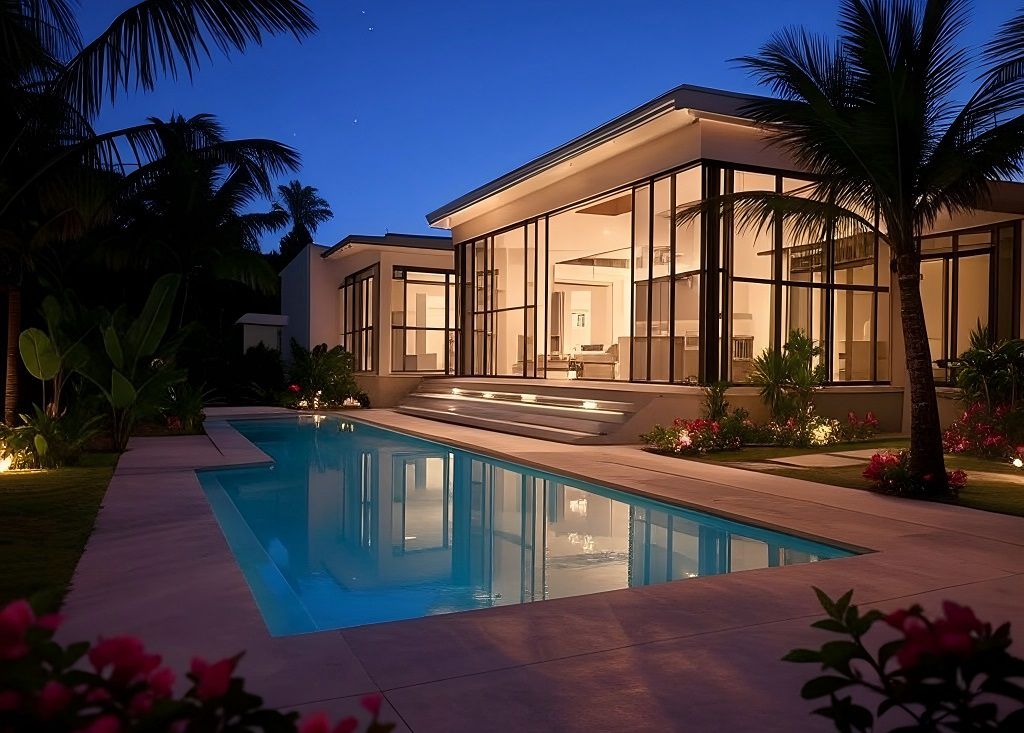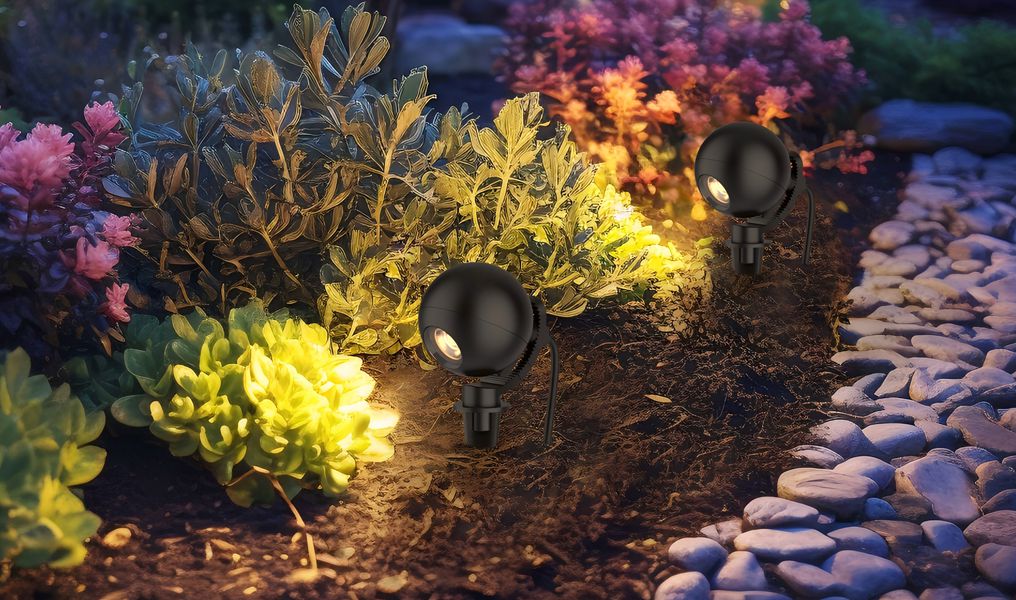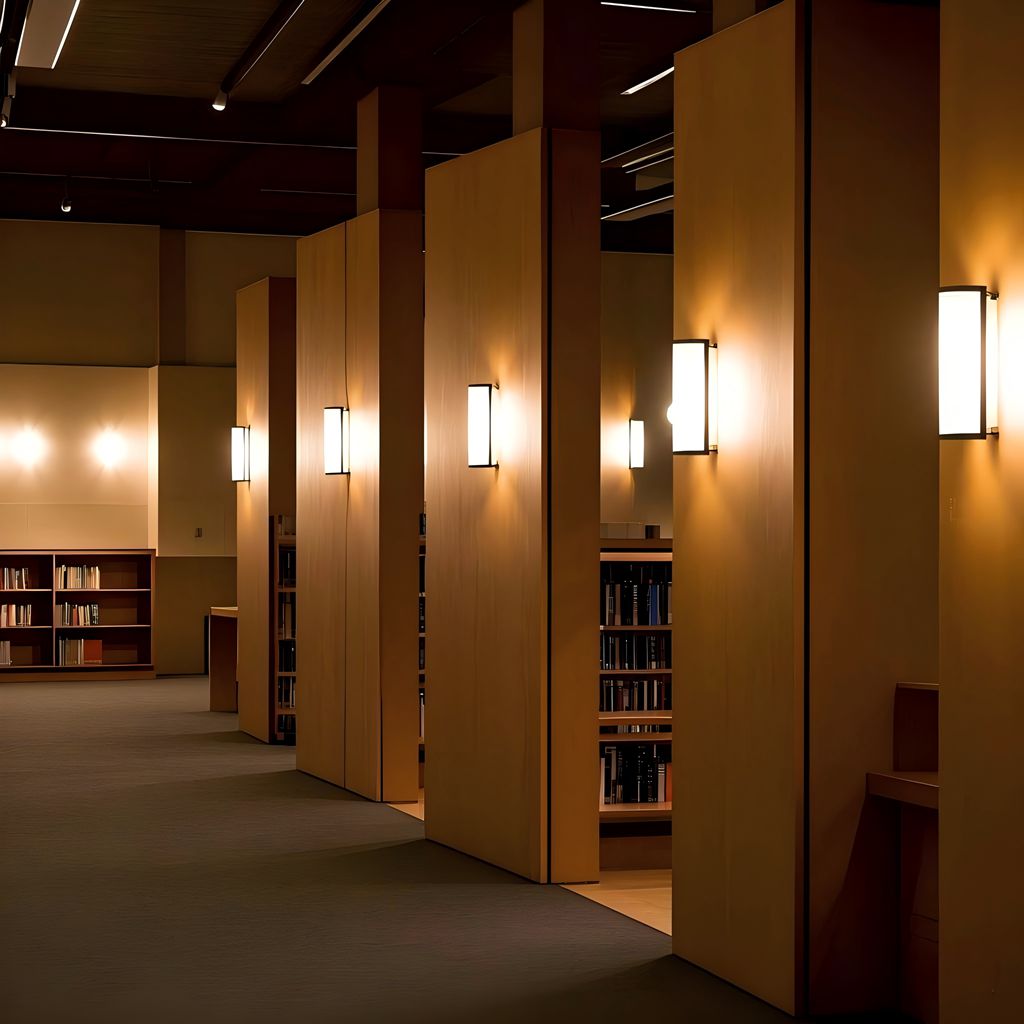Beam angle is a way of describing the light spread coming from a light source. The first light bulb was invented by Edison and shone light in all directions.
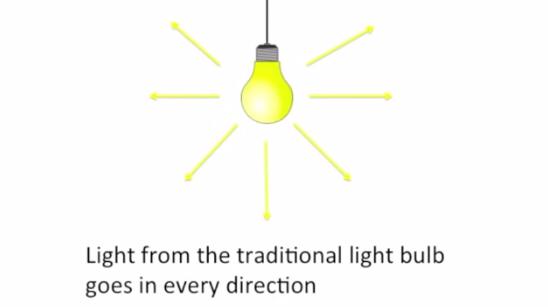
But the need for a more focused beam of light put bulb designers to work. What they did was make the light bulb even smaller. Then they surrounded that small bulb with a reflector and this opened up all sorts of new avenues for lighting – like the flashlight!
Light bulbs like MR16 and PAR30s have their little bulbs surrounded by a Multi-Faceted Reflector (MR) or Parabolic aluminized reflector (PAR) to reflect the wayward light into a more accurate direction.
LEDs don’t need a reflector. Instead they use a very accurate computer-designed lens, usually made of acrylic, which covers the entire LED chip.
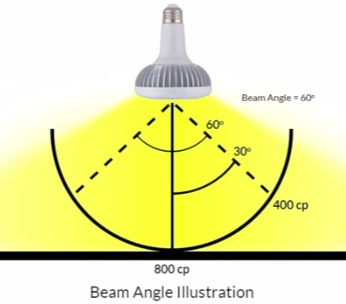
For those who actually want to know how the beam angle is calculated – they measure the intensity of the light in the center which is always the strongest. They then move out to each side and at the point the intensity is 50% an angle is made – that is the beam angle.
MR16 will usually fall in narrow spot, spot and sometimes flood categories. PAR bulbs will usually by definition fall in the spot and narrow spot group.
Naturally for LED commercial lights will be somewhere around 90˚–120˚ . Some LED bulb makers have an LED that makes light in 360˚ like a regular light bulb, but unless you need that light going up as well as down, it, like regular bulbs, will waste light.
What beam angle do you need? Well, that can really only be answered by determining what application would you use
you’re the light bulbs for. If you have any case, just please feel free to contact us.
Gala Shen
Email: gala@upshine.com
Skype: upshine.gala
Mobile: +86 159 7172 7732






